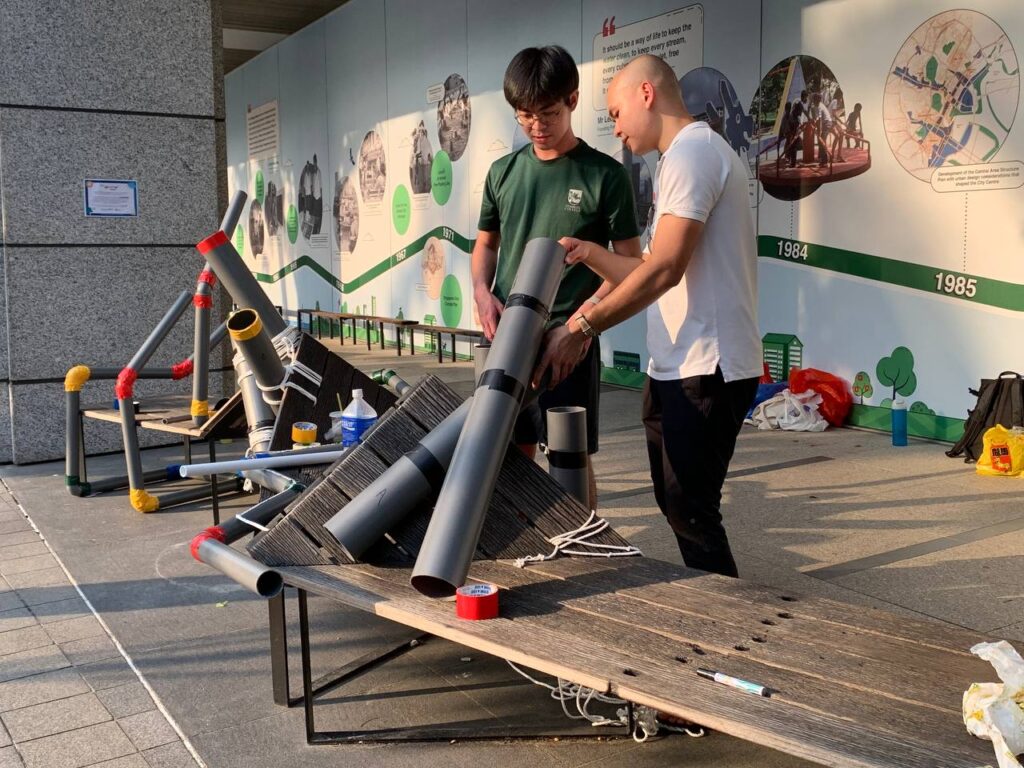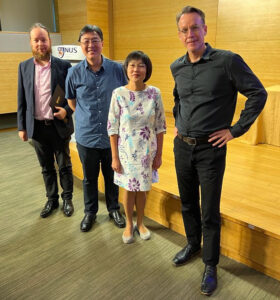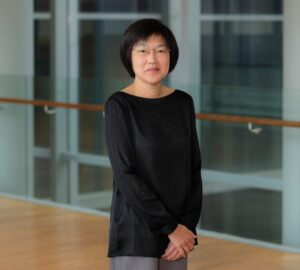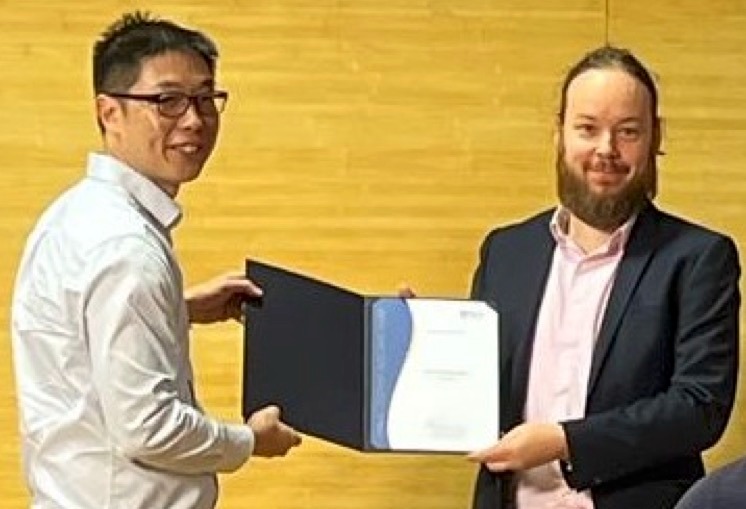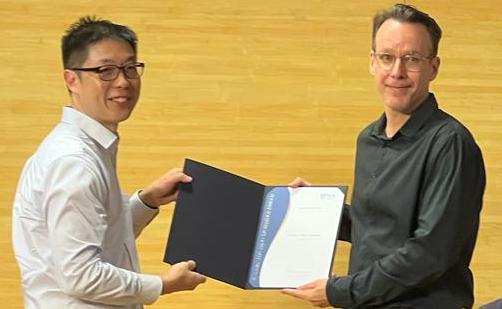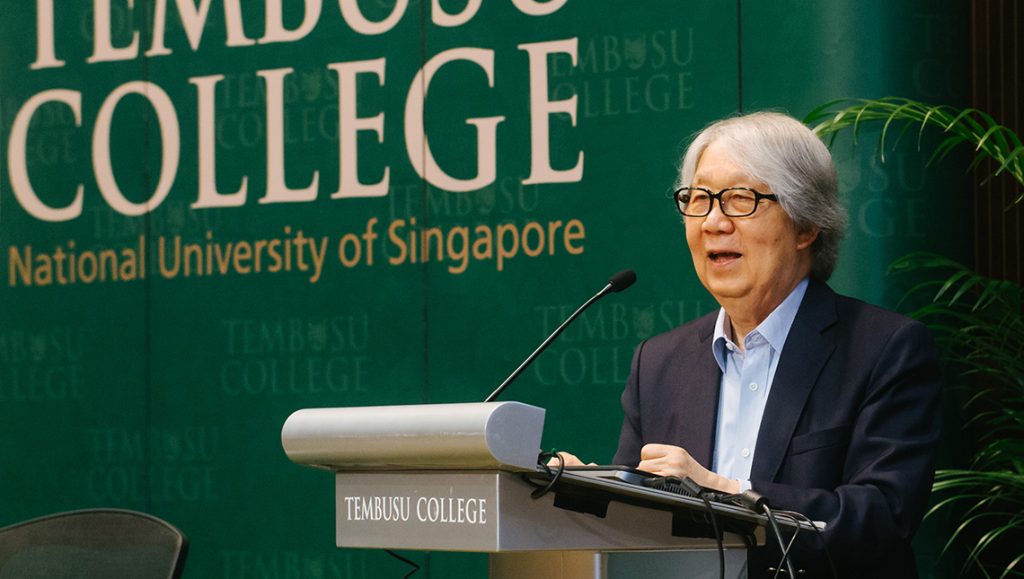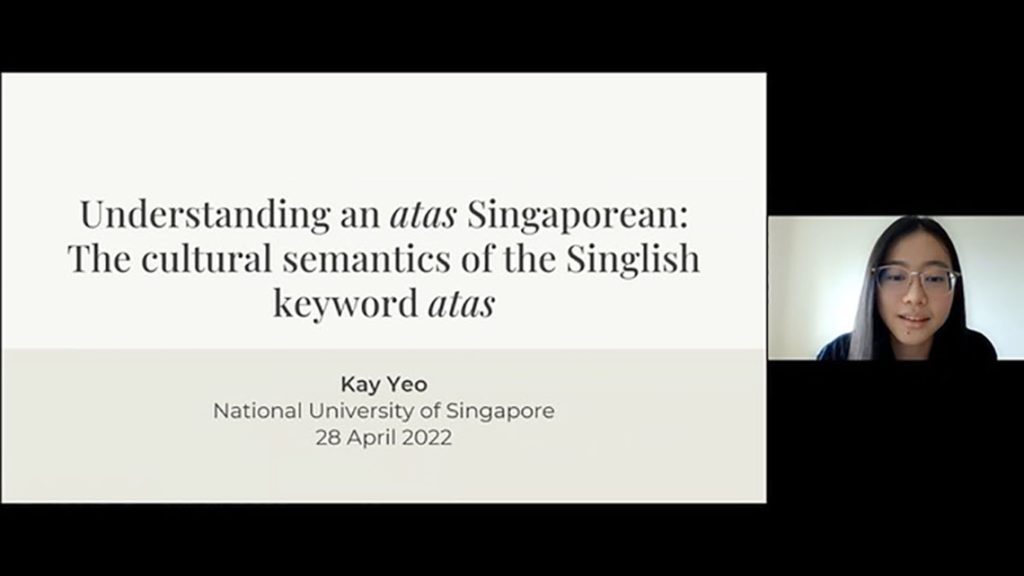On April 30, 1982, the United Nations Convention on the Law of the Sea (UNCLOS) was adopted after nine years of negotiations. There are currently 168 parties to the convention, which came into force in 1994.
Today, on the 40th anniversary of its adoption, is UNCLOS still relevant?
ln this essay, I want to put forward the view that the convention is still relevant and fit for purpose. I believe that we should celebrate the anniversary for the following reasons.
1. It replaced chaos with order
UNCLOS had put an end to a period of chaos and unilateralism in the law of the sea. The first country to make an unilateral claim was the United States. In 1945, President Harry Truman issued a proclamation claiming jurisdiction and control of the natural resources of the country’s continental shelf. The US action was followed by an avalanche of claims by Chile, Peru, Brazil, El Salvador, Panama and Uruguay. These Latin-America countries claimed some form of jurisdiction, extending to 200 miles from their coasts.
Separately, Iceland claimed a fishery zone of 50 miles. Indonesia and the Philippines made claims based on the concept of archipelagic states. By 1976, a majority of the countries of the world claimed a territorial sea of 12 miles, as opposed to the traditional limit of 3 miles.
UNCLOS had put a stop to these unilateral claims. This is why I have called the convention, the “constitution for the world’s oceans”. All countries, including those who are not parties to UNCLOS, accept the convention as the foundation of the legal order governing the uses and resources of the oceans.
2. It’s the mother of 3 successful institutions
UNCLOS has given birth to three successful institutions. The first is the International Tribunal For The Law Of The Sea (ITLOS), based Hamburg, Germany. ITLOS is a specialised international court, focusing on disputes between states, on the interpretation and application of the convention.
ITLOS has proven to be a useful addition to the International Court of Justice. The fear by some that the tribunal and the court may develop conflicting jurisprudences on the law of the sea, has proven to be unfounded.
The second institution is the International Seabed Authority (ISA), based in Kingston, Jamaica. The ISA has jurisdiction over the resources of the deep seabed and ocean floor, beyond the limits of national jurisdiction. It plays an important role in regulating mineral-related activities in the international seabed area.
For instance, ISA has a deep seabed exploration contract with Ocean Mineral Singapore for a mine site located between Hawaii and Mexico. The site contains deposits of polymetallic nodules bearing important minerals such as copper, nickel, cobalt and manganese, as well as rare earths.
The third institution is the Commission on the Limits of the Continental Shelf. This is a technical body which examines claims by coastal states to continental shelves beyond 200 miles.
3. It protects the marine environment
UNCLOS is one of the most robust environmental treaties. The convention imposes a clear obligation on all states to protect and preserve the marine environment.
The convention treats the oceans as an ecological unity. It seeks to protect the oceans and marine environment from all sources of pollution.
I welcome the recent decision by the UN Environment Assembly to begin negotiations for a new treaty on marine plastic pollution.
4. It keeps the peace at sea
UNCLOS has helped to prevent conflicts at sea. Wars can occur when the law is not clear or when there is no law. For example, Iceland claimed an exclusive fishing zone of 50 miles. The UK rejected the claim. The result was a war between them in 1972 and 1973 over fishing rights. There were also many disputes between the United States and the coastal states of Latin-America overfishing rights.
The clear rules in the convention, on the rights and obligations of coastal states and other states, in the different maritime zones, are critical in avoiding conflict. UNCLOS has therefore contributed to peace at sea.
5. It provides for compulsory dispute settlement
One of the unique features of UNCLOS is the system of compulsory dispute settlement. Any country which becomes a party of the convention is bound by the system.
For example, in July 2003, Malaysia initiated arbitral proceedings against Singapore under UNCLOS. Malaysia also applied to ITLOS for provisional measures. Singapore accepted the legal challenge and agreed to participate in the arbitration. Singapore also appeared before ITLOS to rebut Malaysia’s claims and request for provisional measures.
The system enhances the prospects that dispute between states, on the interpretation and application of the convention, will be settled peacefully.
Since the convention came into effect, states have made good use of the modalities provided by the convention, including arbitration, adjudication and compulsory conciliation.
I regret to say that there are a few countries which are parties to the convention, and which do not wish to be bound by the system of compulsory dispute settlement even though it is clear that there is no opt-out clause or escape hatch.
6: It’s a post-colonial and revolutionary treaty
UNCLOS is a post-colonial treaty, with developing countries playing a major role in its making.
It is also not a codification treaty. One the contrary, it is a revolutionary treaty and contains many new concepts of law, such as the exclusive economic zone, straits used for international navigation, transit passage, archipelagic waters, archipelagic sea lane passage and the common heritage of mankind. The view that UNCLOS is a product of the West is without merit.
7. It’s a living document
UNCLOS is 40 years old. Is it still fit for purpose? Is it able to respond to new challenges and developments?
My answer is that UNCLOS is a living document. It is able to respond to new challenges and developments.
Let me cite one example: The convention was faced with the problem of how to regulate two categories of fish: highly migratory species such as tuna, and species like salmon, which lives in more than one jurisdiction during its life cycle. In 1995, the UN was able to adopt a new agreement on Highly Migratory and Straddling Fish Stocks. The agreement was adopted by the UN General Assembly as an Implementation Agreement, under UNCLOS.
There is currently a UN conference, chaired by a Singaporean, Ambassador Rena Lee. The conference is seeking to reach agreement on the conservation and sustainable use of biological diversity, in areas beyond national jurisdiction. If the conference is successful, and I am confident that it will be, the outcome will be embodied in a new Implementation Agreement, under the convention.
8. Climate Change and Sea Level Rise
Climate change and sea level rise will impact many aspects of the law of the sea. Sea level rise poses an existential threat to some countries, especially, the small island developing countries.
The convention contains the legal instruments to address this monumental challenge, but states must act and do so urgently. The Secretary-General, Antonio Guterres, has described the situation as a Code Red for humanity.
A Precious Victory
I hope I have succeeded in persuading the readers that we should celebrate the 40th anniversary of UNCLOS.
The convention – the product of hard-fought negotiations lasting almost a decade is a victory for the United Nations, a victory for international law and the rule of law and a victory for the peaceful settlement of disputes.
This victory is precious, especially in the current difficult circumstances the world faces. I am glad that I was able to play a very small part in this story.
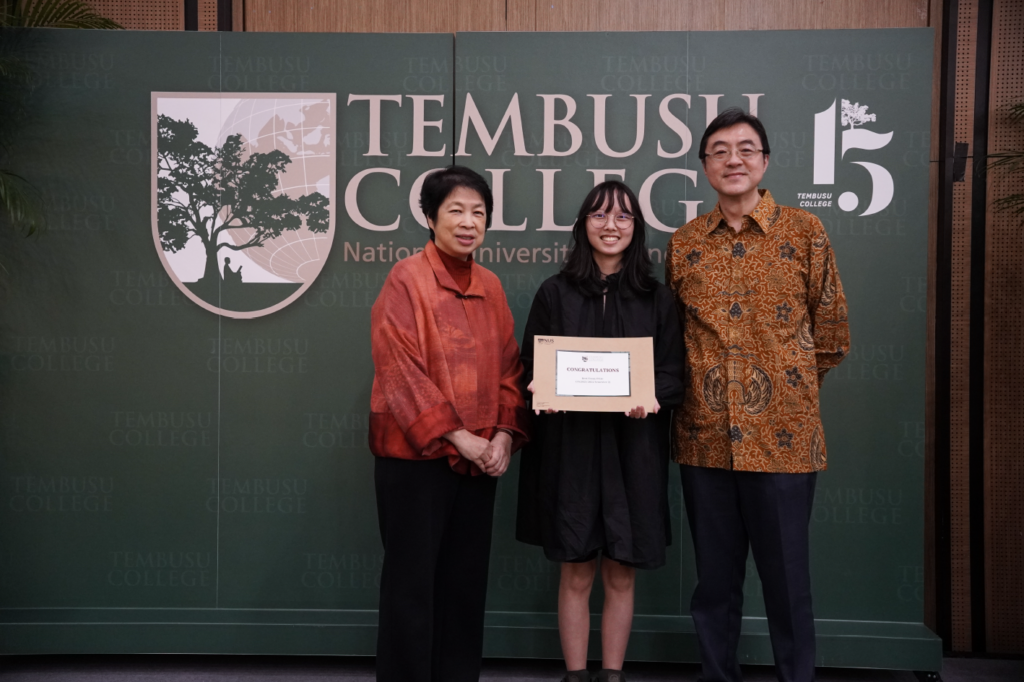
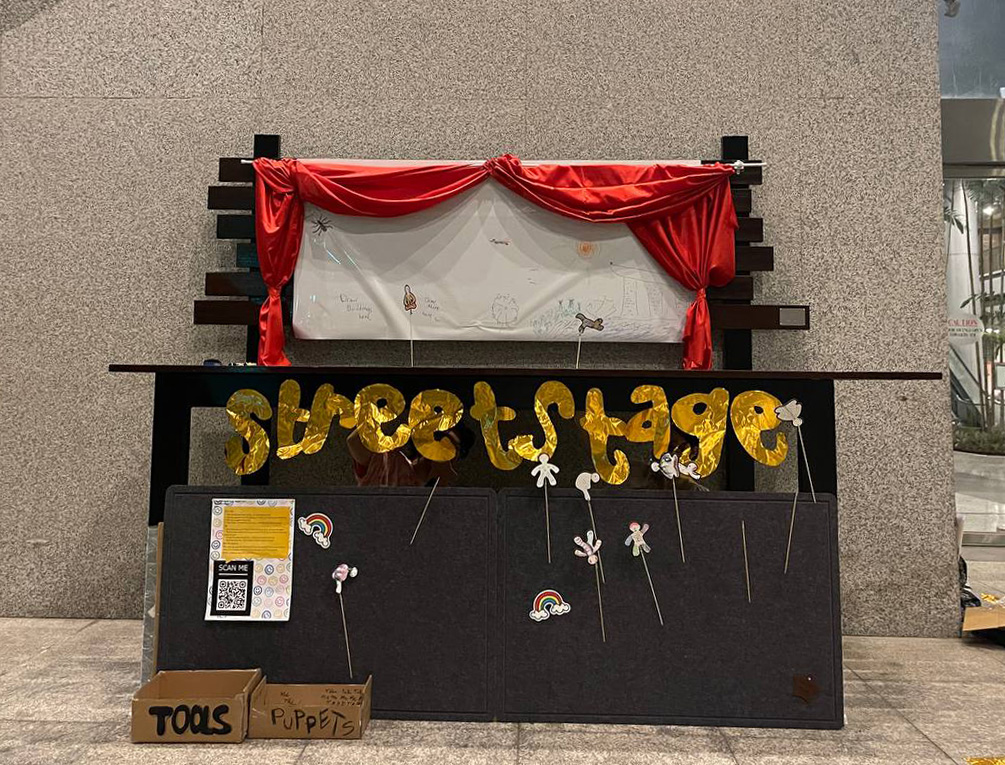
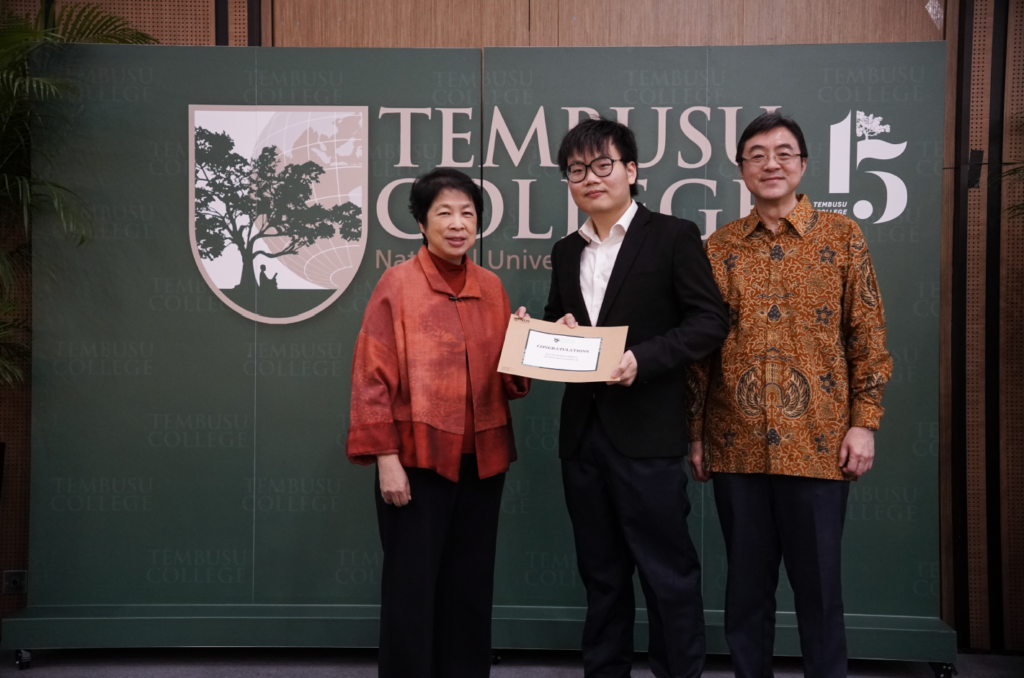
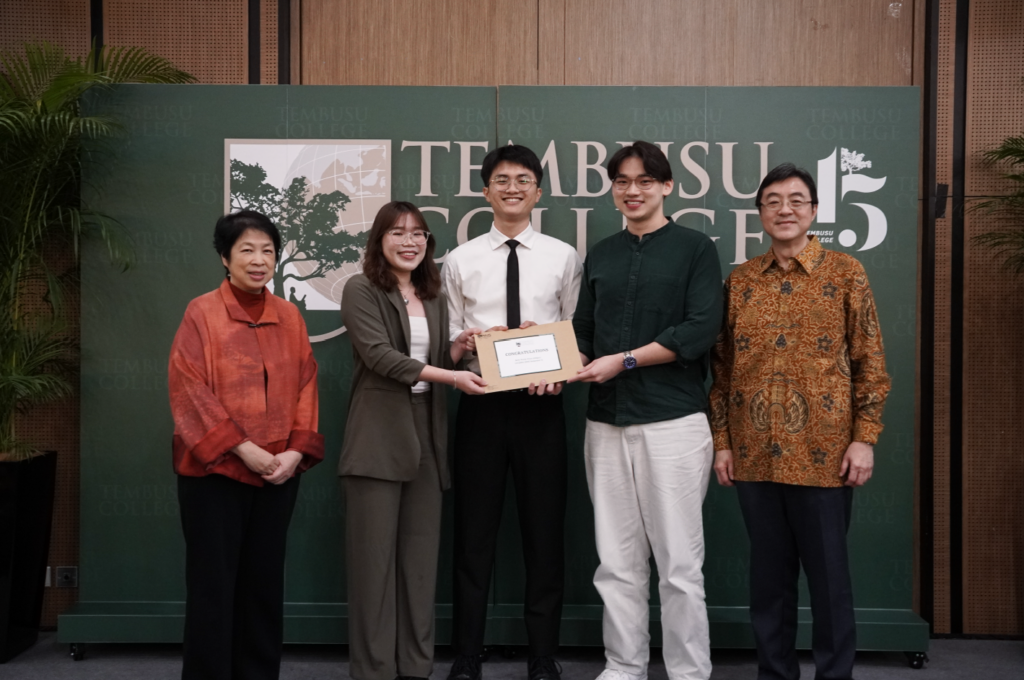
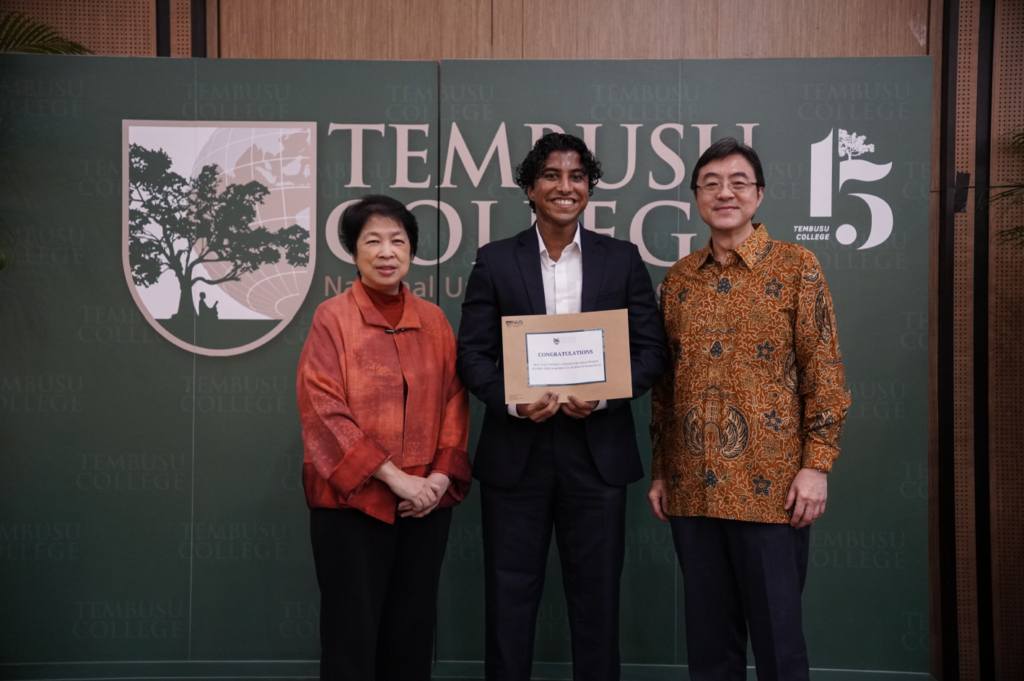




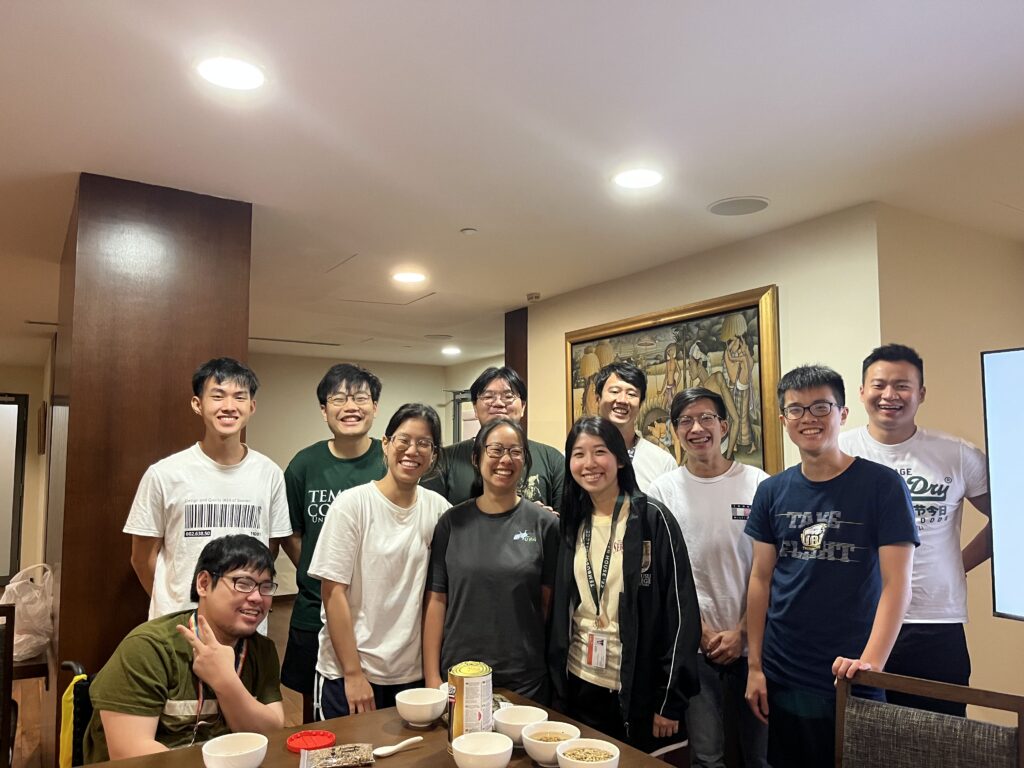
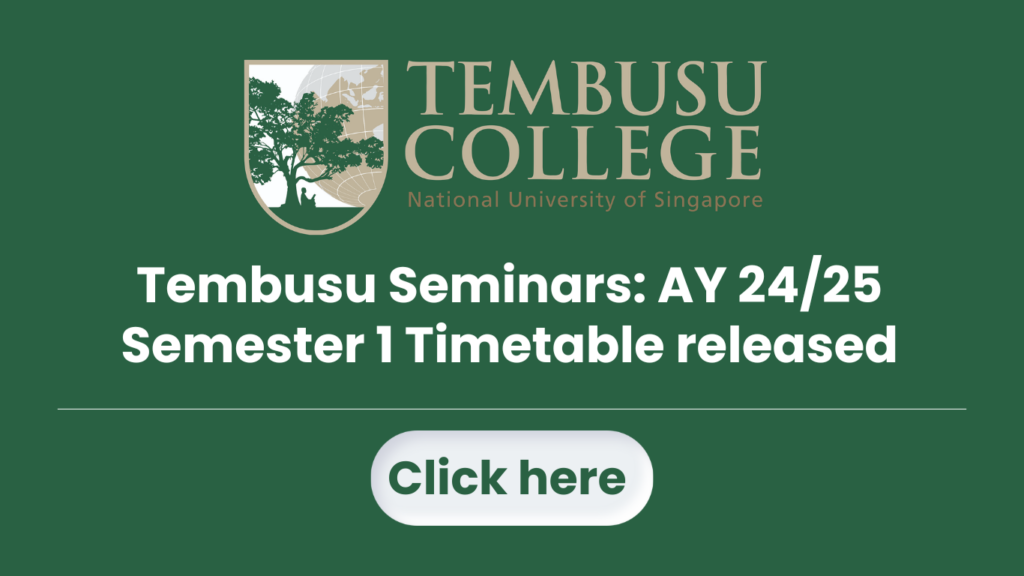
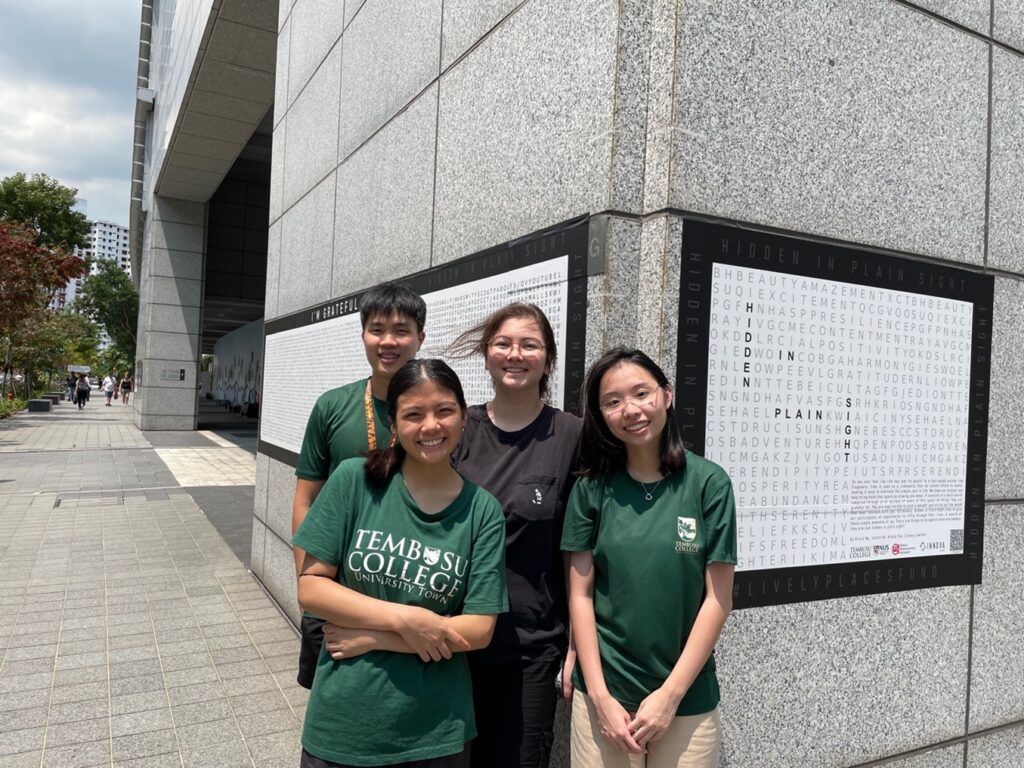 (From left to right) Justin Ho, Krista Yeo, Sidney Lawther and Alicia Ng with their work Hidden in Plain Sight.
(From left to right) Justin Ho, Krista Yeo, Sidney Lawther and Alicia Ng with their work Hidden in Plain Sight.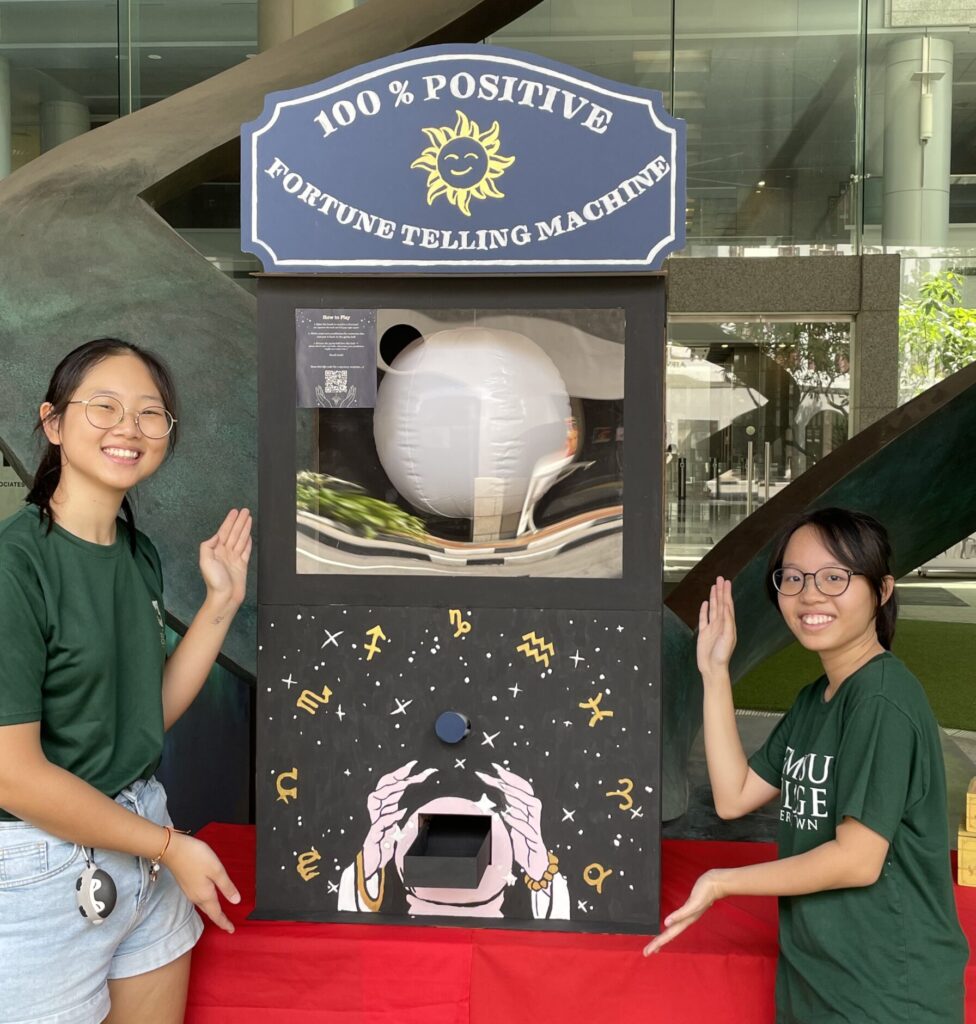 Sharon Gong (left) and Amanda Lim (right) posing with the custom-built Fortune-Telling Machine.
Sharon Gong (left) and Amanda Lim (right) posing with the custom-built Fortune-Telling Machine.